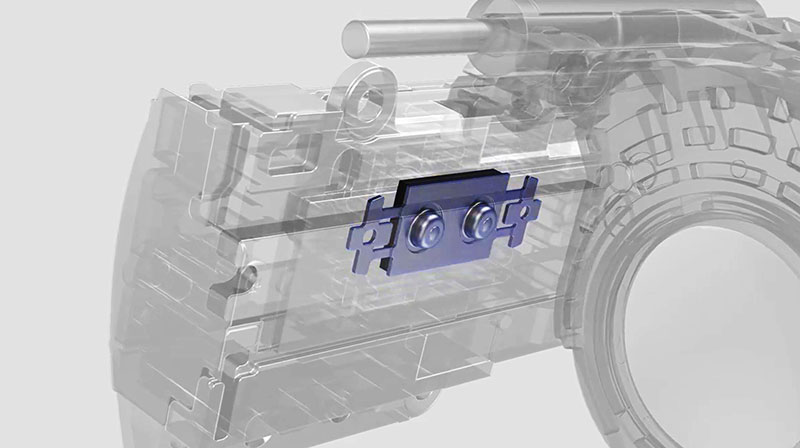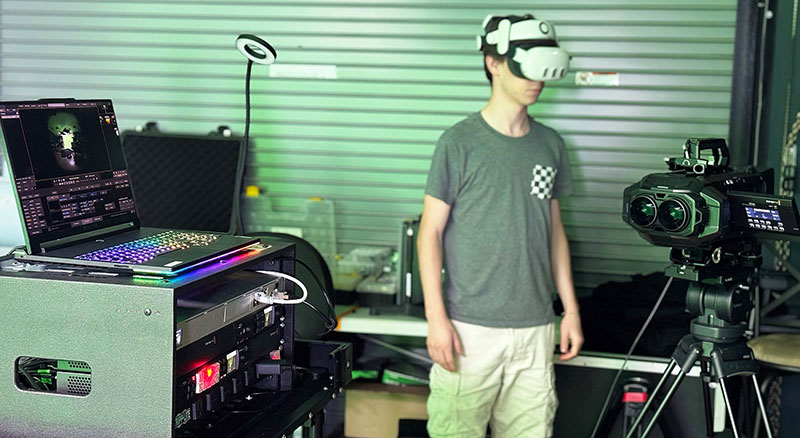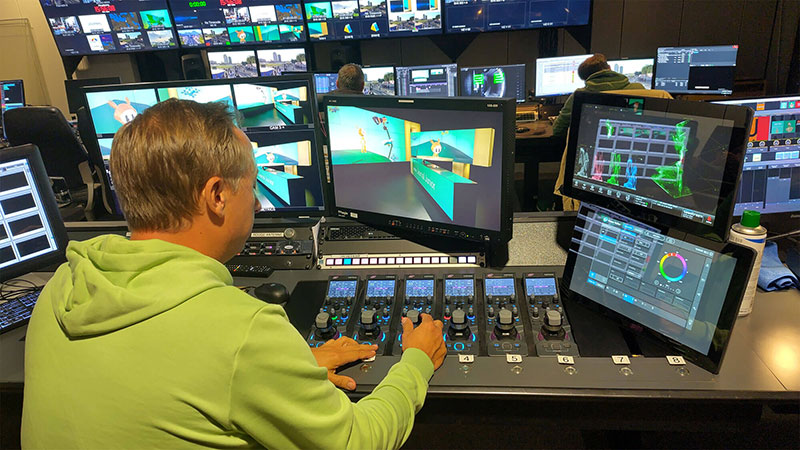Built with functionality specifically for video, Canon’s hybrid RF lenses include a smooth operation iris ring, silent fast focus, low-light performance and minimal focus breathing.

Three new models in Canon’s RF series of hybrid lenses for the EOS R system are part of a new range of hybrid optical gear for video and stills users. Built with functionality specifically for video, the RF 70-200mm F2.8L IS USM Z, RF 50mm F1.4L VCM and RF 24mm F1.4L VCM lenses include a smooth operating iris ring with an 11-bladed circular aperture, fast effective low-light performance – plus updated optics and minimal focus breathing. All these features are useful to both photographers and videographers.
Canon’s RF lens mount was developed with several characteristics that make hybrid lenses – for video and stills – possible. One is the 12-pin connection that enables faster communication between lens and camera, with greater bandwidth for data transfer. The RF mount design supports more responsive focussing and better image stabilisation, and because RF cameras are mirrorless, the RF mount can allow a more compact build.
RF 70-200mm F2.8L IS USM Z Telephoto Zoom
The RF 70-200mm F2.8L IS USM Z telephoto zoom lens is a good match for sport, wildlife, news and hybrid shooting where flexibility and longer distances are important. Professional filmmaking features are included, such as electronic parfocal performance – maintaining focus and a consistent field-of-view when the focal length is changed – and focus breathing suppression, plus servo zoom via optional Power Zoom Adapters.

RF 50mm F1.4L VCM
Two Super UD lenses, one UD lens, three aspherical lenses plus ASC and Super Spectra coatings help to produce sharp, high-contrast images, and the dedicated Iris Ring gives smooth aperture control. An internal zoom mechanism establishes a stable centre of gravity that reduces camera-shake blur, working with a built-in 5.5-stop Optical Image Stabiliser for fast paced environments.
The lens is compatible with Canon’s optional RF 1.4x and RF 2x extenders. It will maintain its optical performance through a number of zoom ranges up to a maximum magnification of 0.3x, in order to support creative, high quality closeups from a distance, even in low light. The optional Power Zoom Adapters PZ-E2 or PZ-E2B help with precise, smooth zooming in video using a dial, and can be moved from Normal Mode to High-speed Mode when externally powered. The adapters can be used by hand or remotely via Canon's Camera Connect / EOS Utility applications, Browser Remote function or using Canon’s XC Protocol with compatible cameras.
The PZ-E2B’s 20-pin interface also supports Canon’s Zoom Servo Grip, which adds ergonomic, ENG-style operation to the set-up, as well as Zoom/Focus demands, which are handlebar-style controllers for live studio-based applications.
RF 50mm F1.4L VCM and RF 24mm F1.4L VCM Primes

RF 24mm F1.4L VCM
The RF 50mm F1.4L VCM is built with a practical focal length and natural angle-of-view, close to that of the human eye, making it suitable for capturing low light portraits, reportage or weddings and event videos with a cinematic look. It is also 40 percent lighter than the RF 50mm F1.2L USM, which will suit users looking for a fast aperture prime with lightweight handling.
The RF 24mm F1.4L VCM, with its shorter focal length and wide angle of view, works well for landscapes, architecture and interiors. This can include environmental portraits or films and video interviews where the purpose is to show the subject in his or her usual surroundings. This lens weighs about 20 percent less than its EF version.
The RF 50mm F1.4L VCM and RF 24mm F1.4L VCM are the same size as the other hybrid prime lens in the range – the RF 35mm F1.4L VCM – making them more convenient to use for video rigging. Both new lenses have a fast f/1.4 aperture, which is an advantage in low light.
Fast Efficient Autofocus
With a Nano USM motor and Voice Coil Motor, the lenses are able to carry out fast autofocus and near-silent operation. Nano USM is a fast ring-type Ultra Sonic Motor (USM) using controlled vibrations, combined with the quiet, smooth STM focusing developed for video. The newer Voice Coil Motor (VCM) actuator uses a magnetic field to drive the auto focusing elements with high precision and is also extremely smooth and quiet.

Canon Dual Nano USM
The RF 70-200mm F2.8L IS USM was the first lens to feature Dual Nano USM technology – it has two Nano USM motors, each driving different lens groups, working together for speed and efficiency.
Canon’s new RF hybrid lenses are prepared for work in challenging weather conditions due to their L-series design housing, high-quality glass elements and a water-resistant rubber on the mount. A fluorine coating on the lens’ first surface prevents dirt sticking to the front elements. www.canon.com.au




















